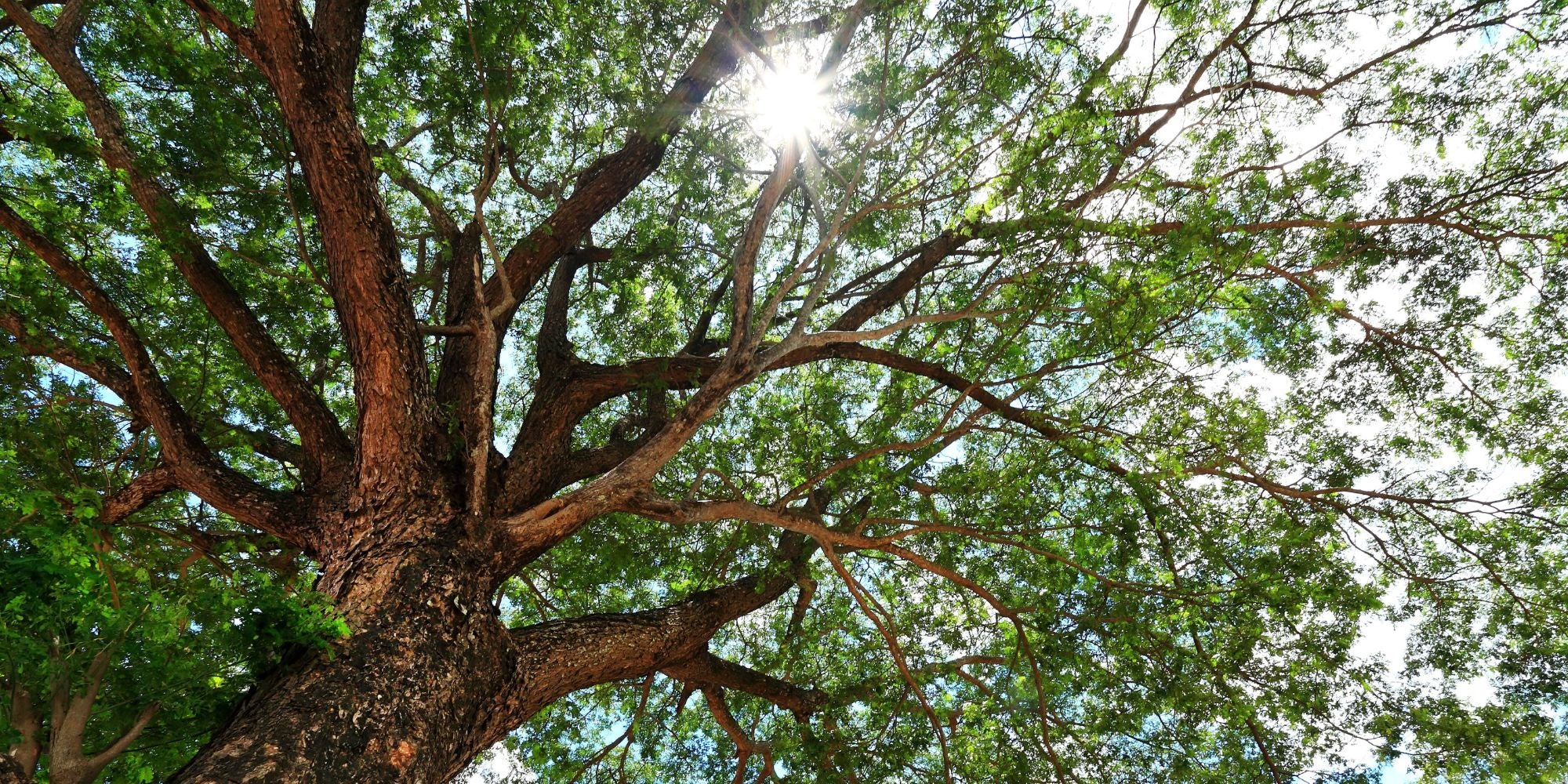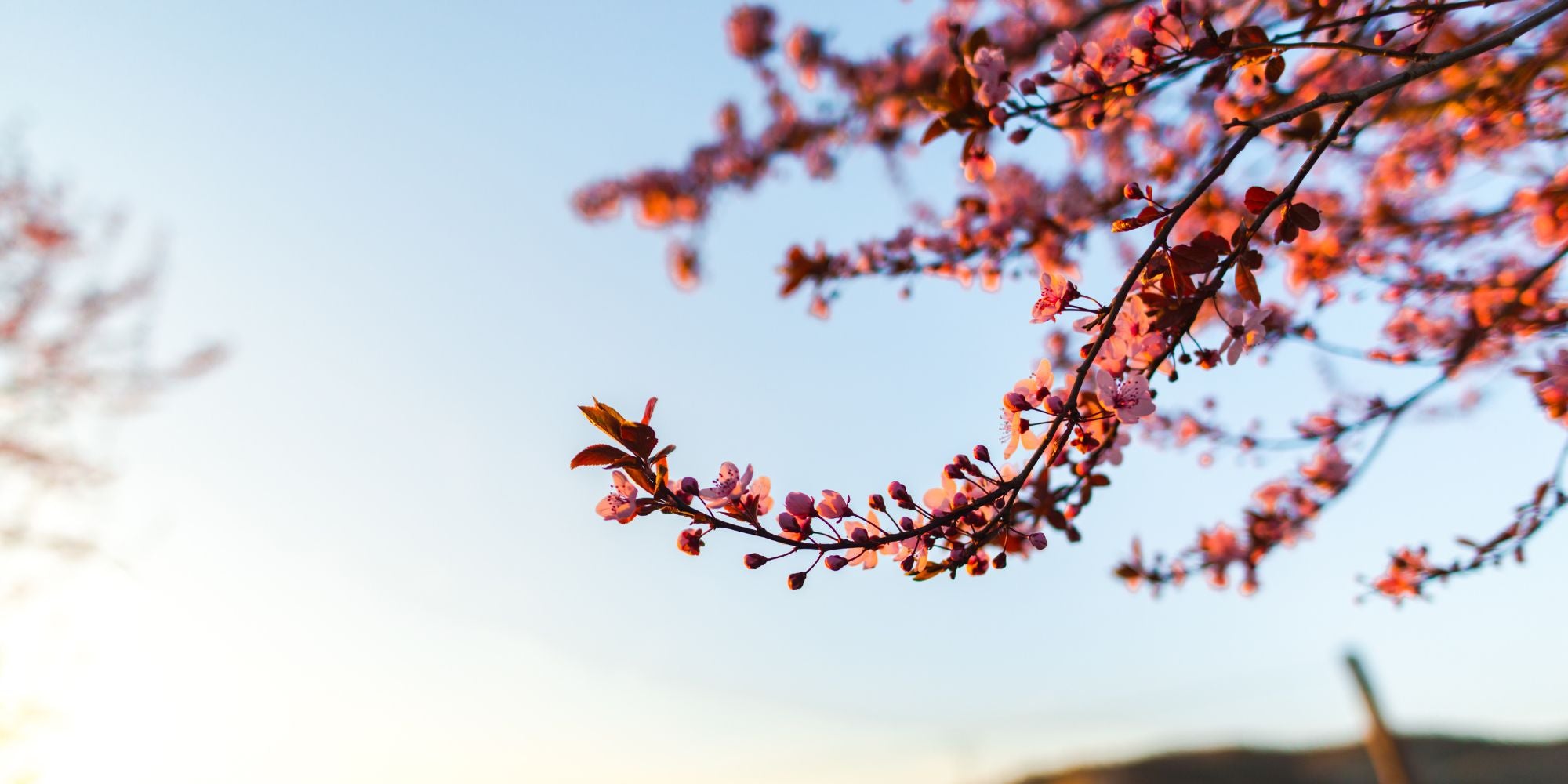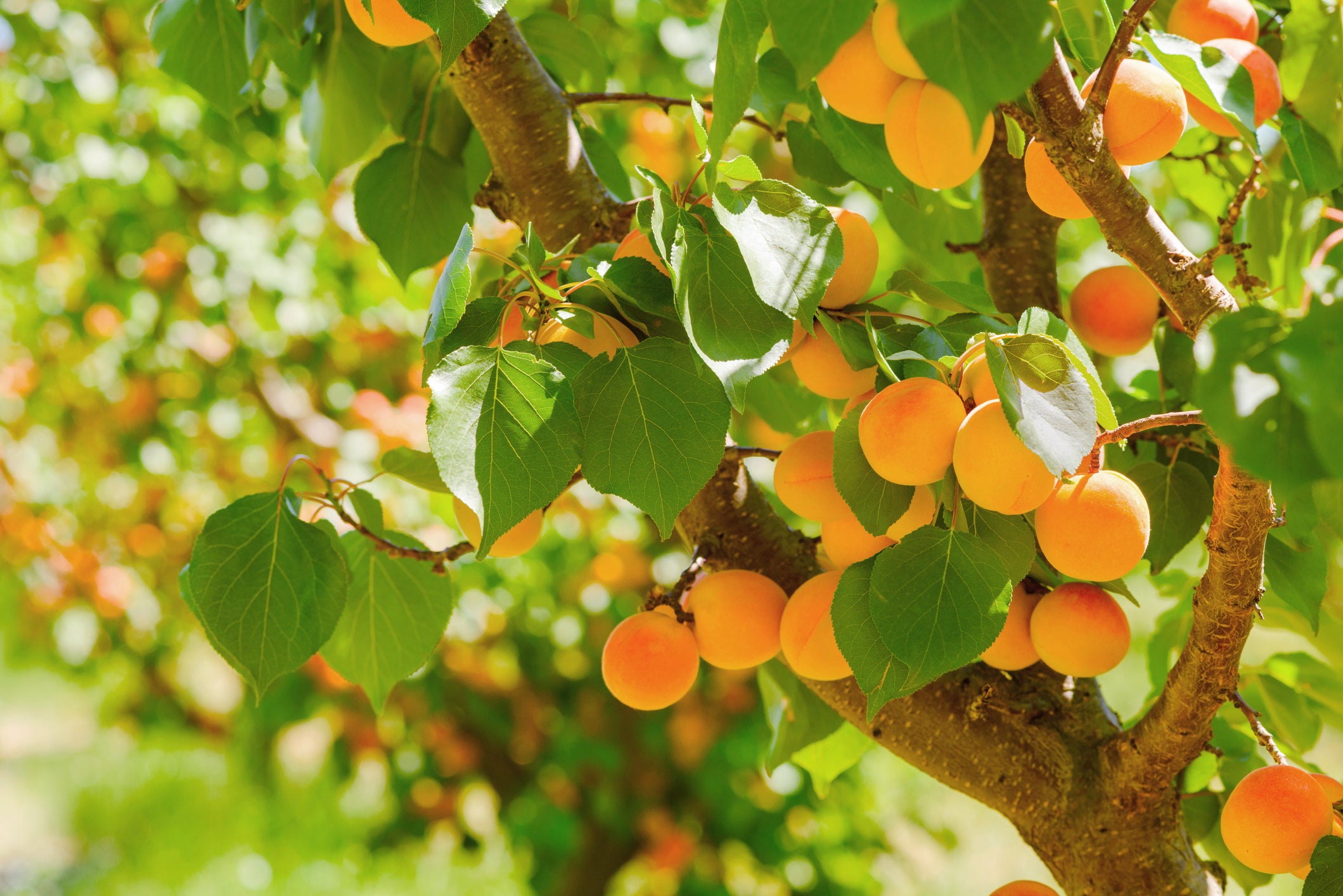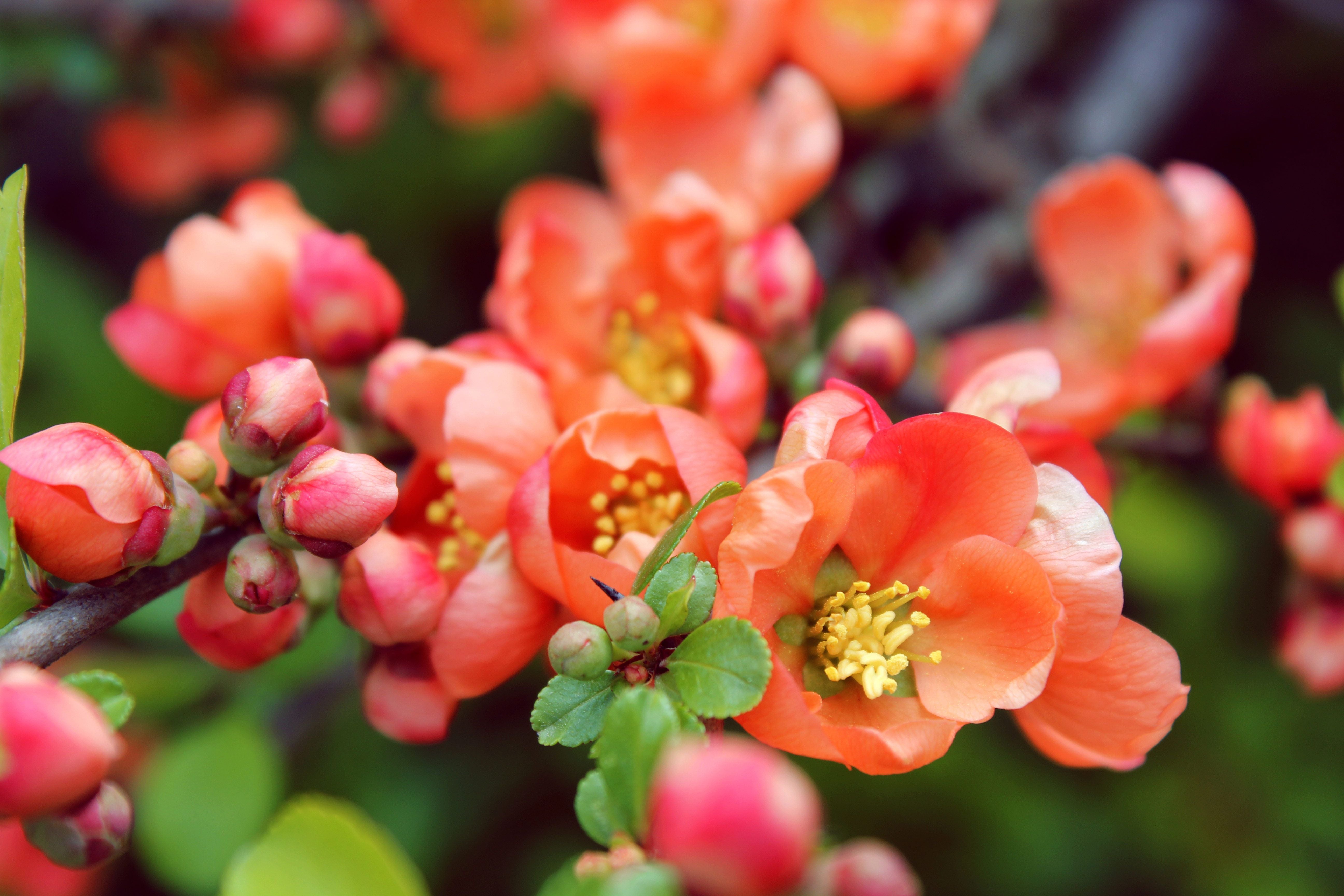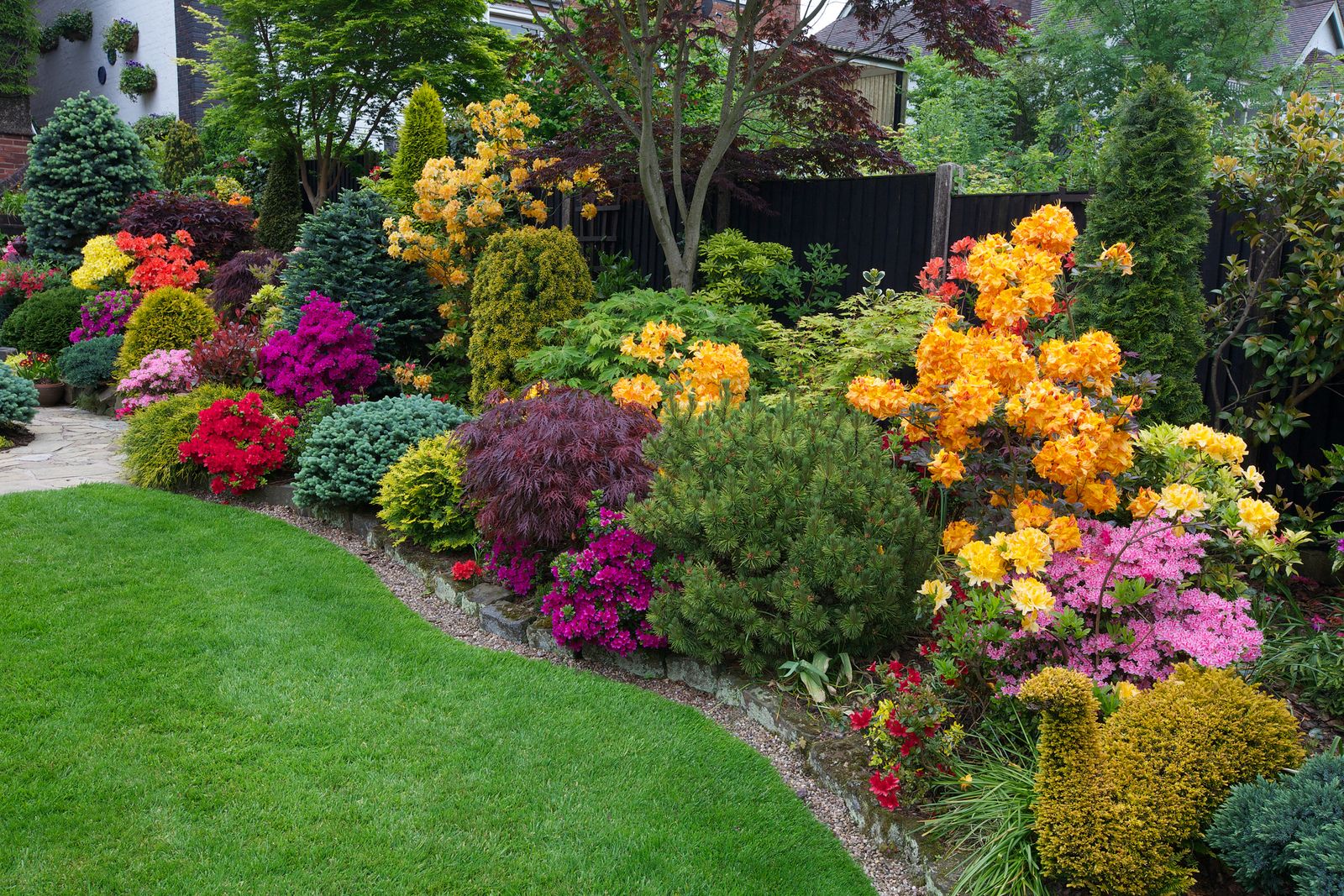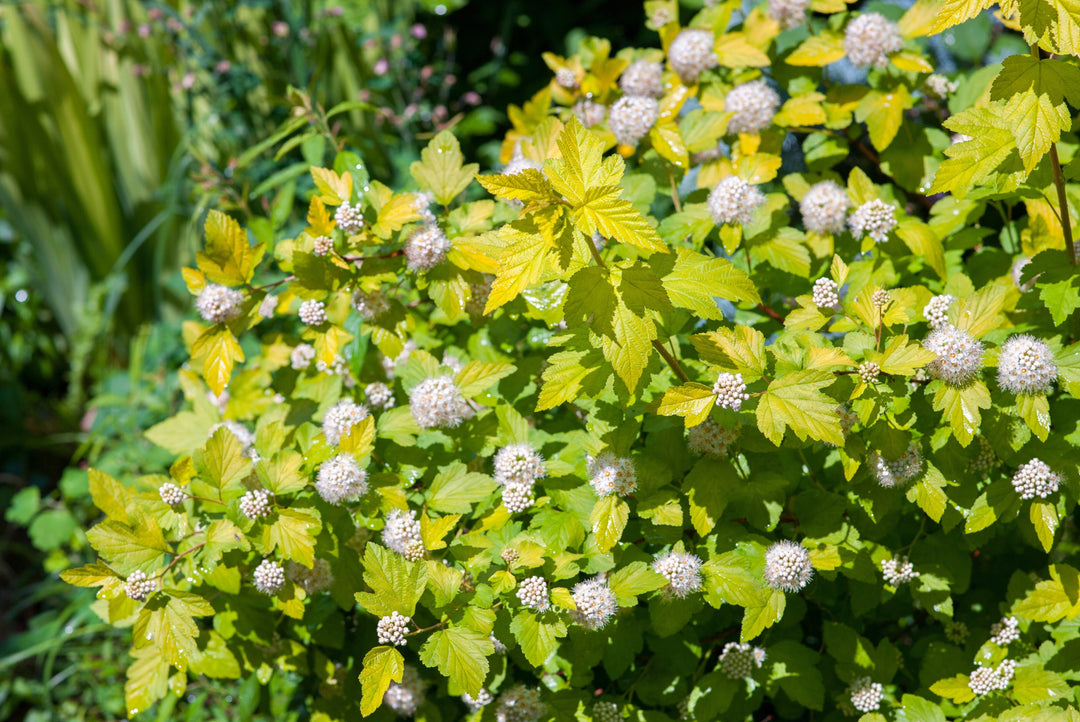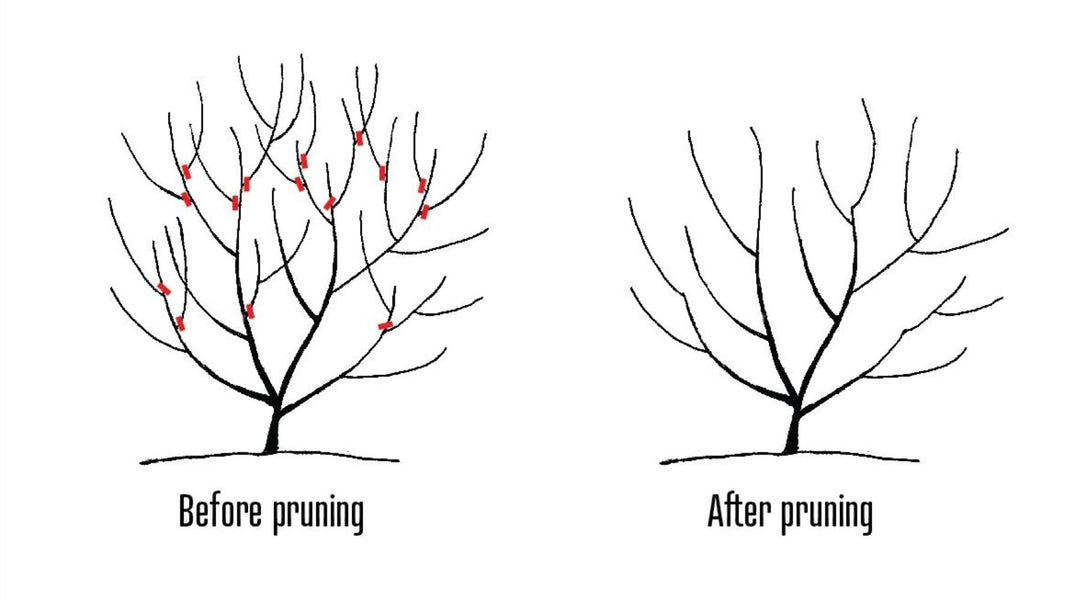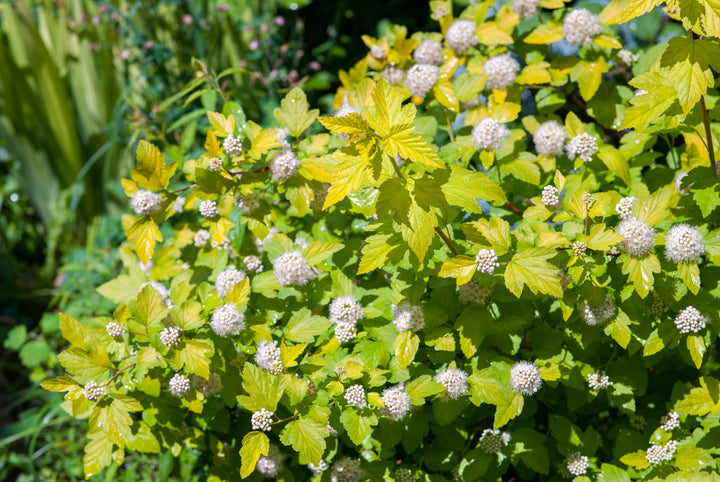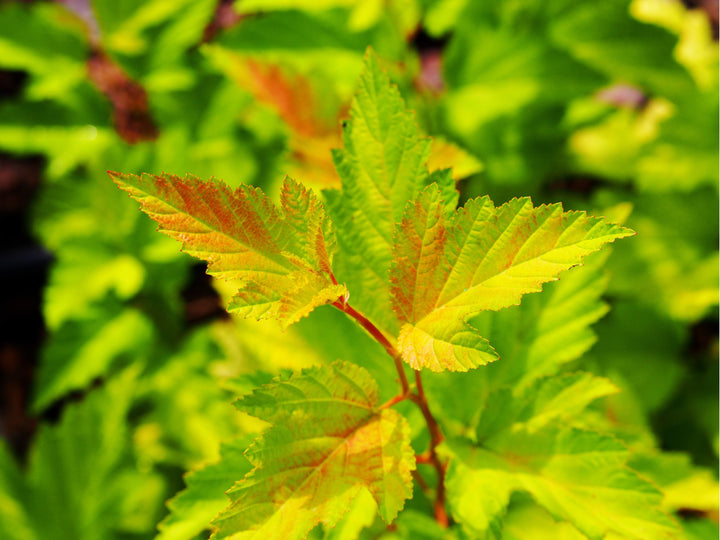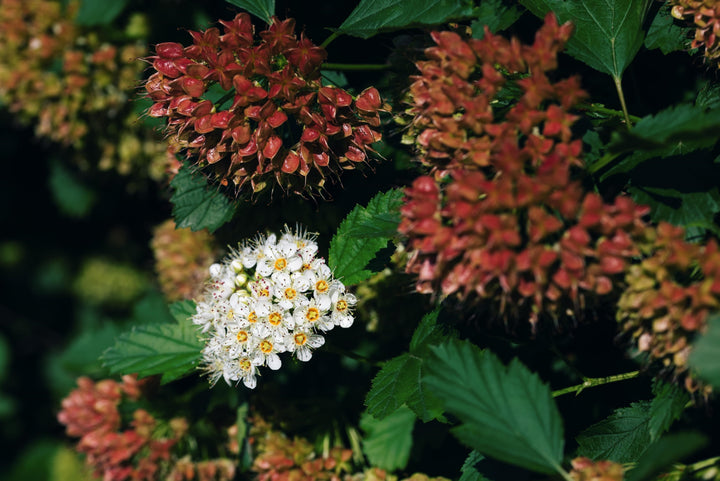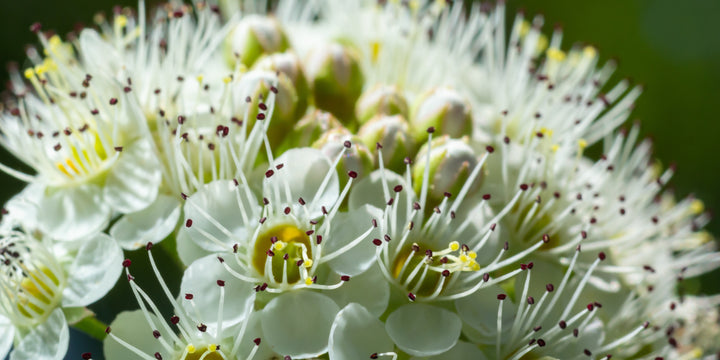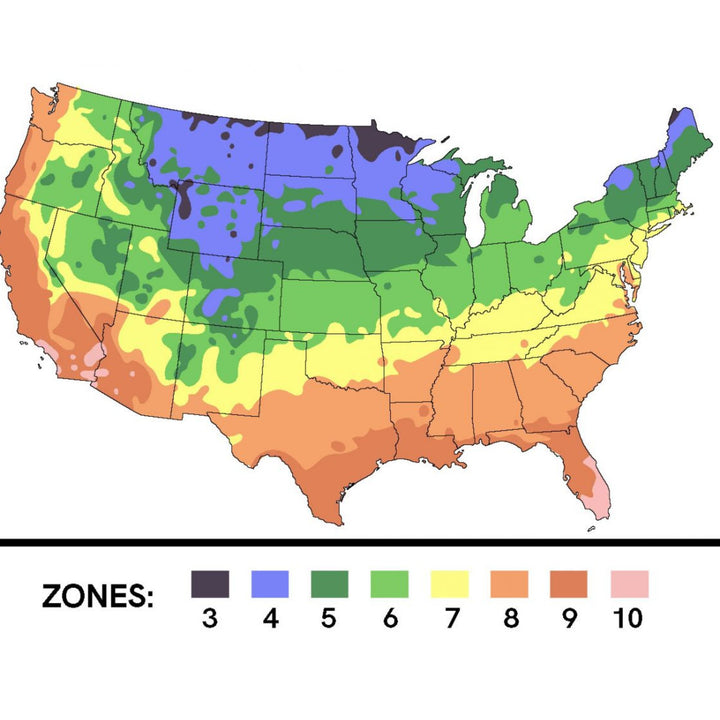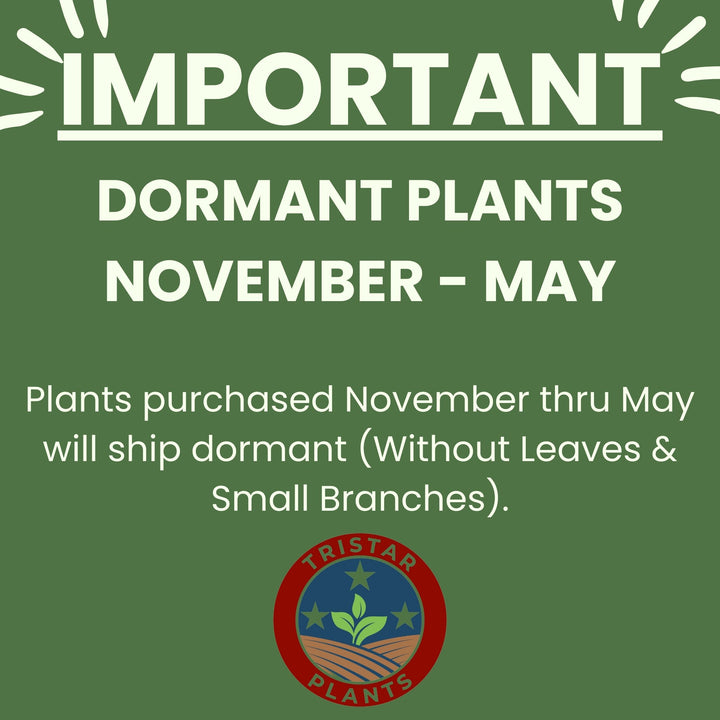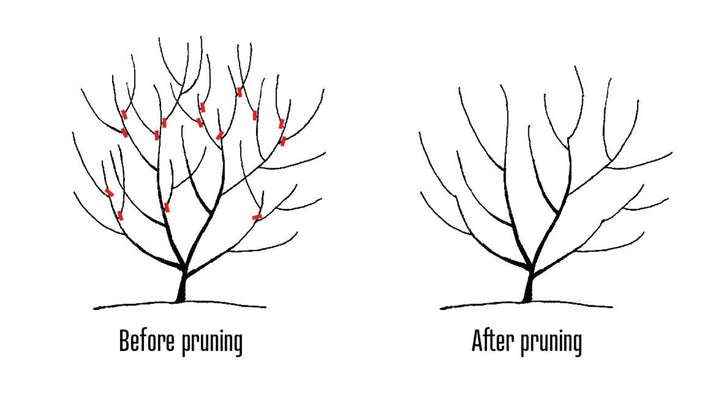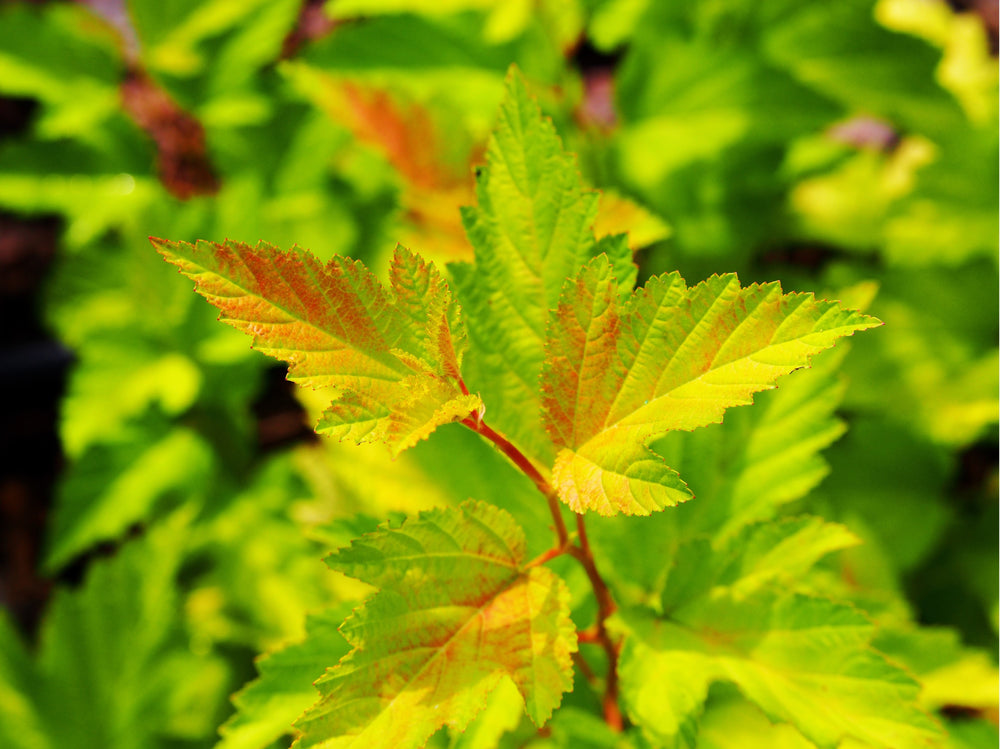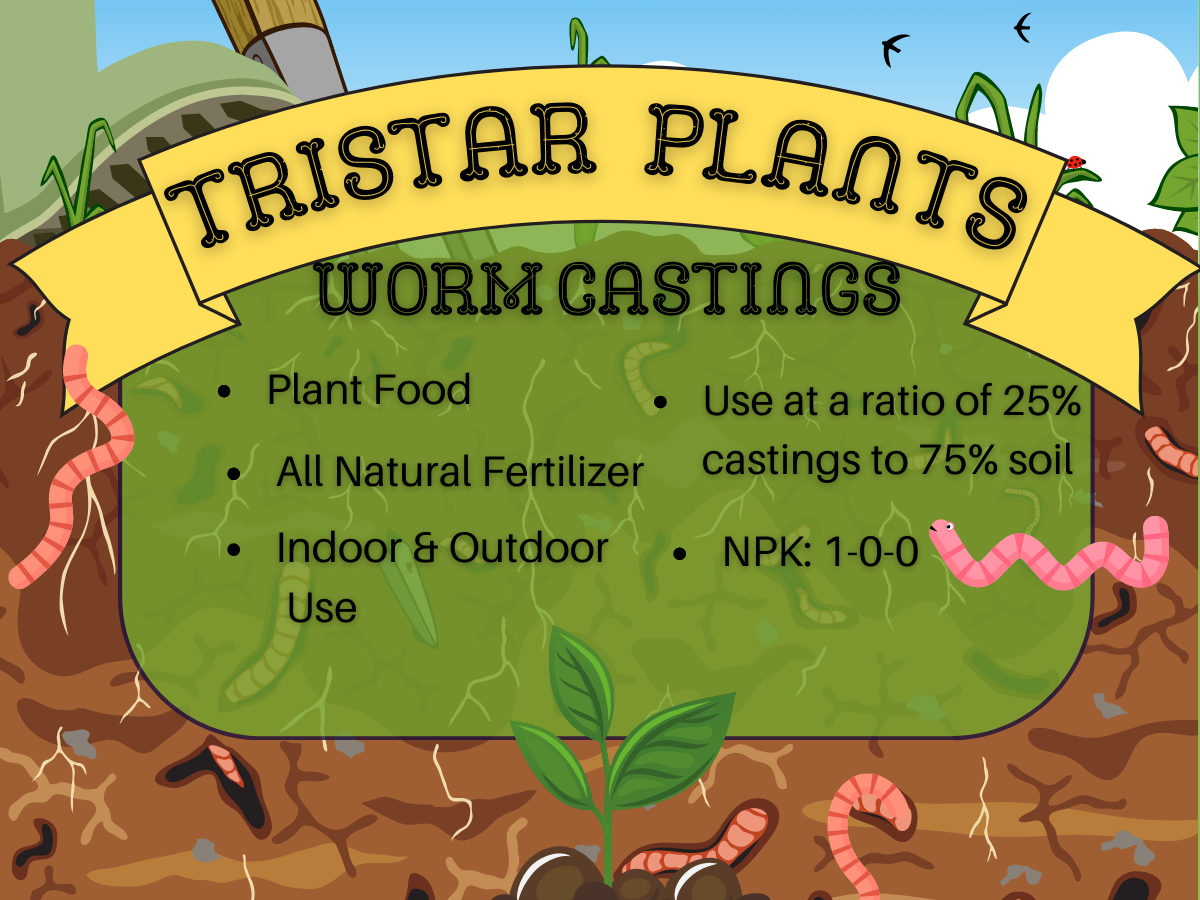Physocarpus opulifolius - The Common Ninebark is a resilient and versatile native shrub, cherished for its beautiful, multi-season appeal and easy care. With clusters of delicate white to pink flowers in late spring, followed by attractive red seed capsules, this shrub provides continuous visual interest. Its distinctive, peeling bark reveals layers of color, adding texture to winter landscapes. Ideal for natural borders, erosion control, or a standout focal point, Ninebark is both beautiful and hardy.
Product Features
Season Beauty
Spring flowers, summer seed pods, and colorful peeling bark add year-round interest. The name "Ninebark" comes from its exfoliating bark, which peels away in layers, revealing different colors underneath. This feature adds winter interest when the leaves have dropped.
Native to North America
Native to regions from the northeastern U.S. to the Great Plains and southeastern Canada. It thrives in areas with diverse climates, including USDA hardiness zones 2–8.
Wildlife Friendly
The flowers attract bees, butterflies, and other pollinators.
Seed pods and dense branches provide food and shelter for birds.
Adaptability
Because it evolved in North America, Common Ninebark is highly adaptable to various conditions, from poor soils to wet or dry environments, making it an excellent choice for naturalized or native plant gardens.
Hardiness zone for this plant: 2 - 8
Recently viewed
You may also like
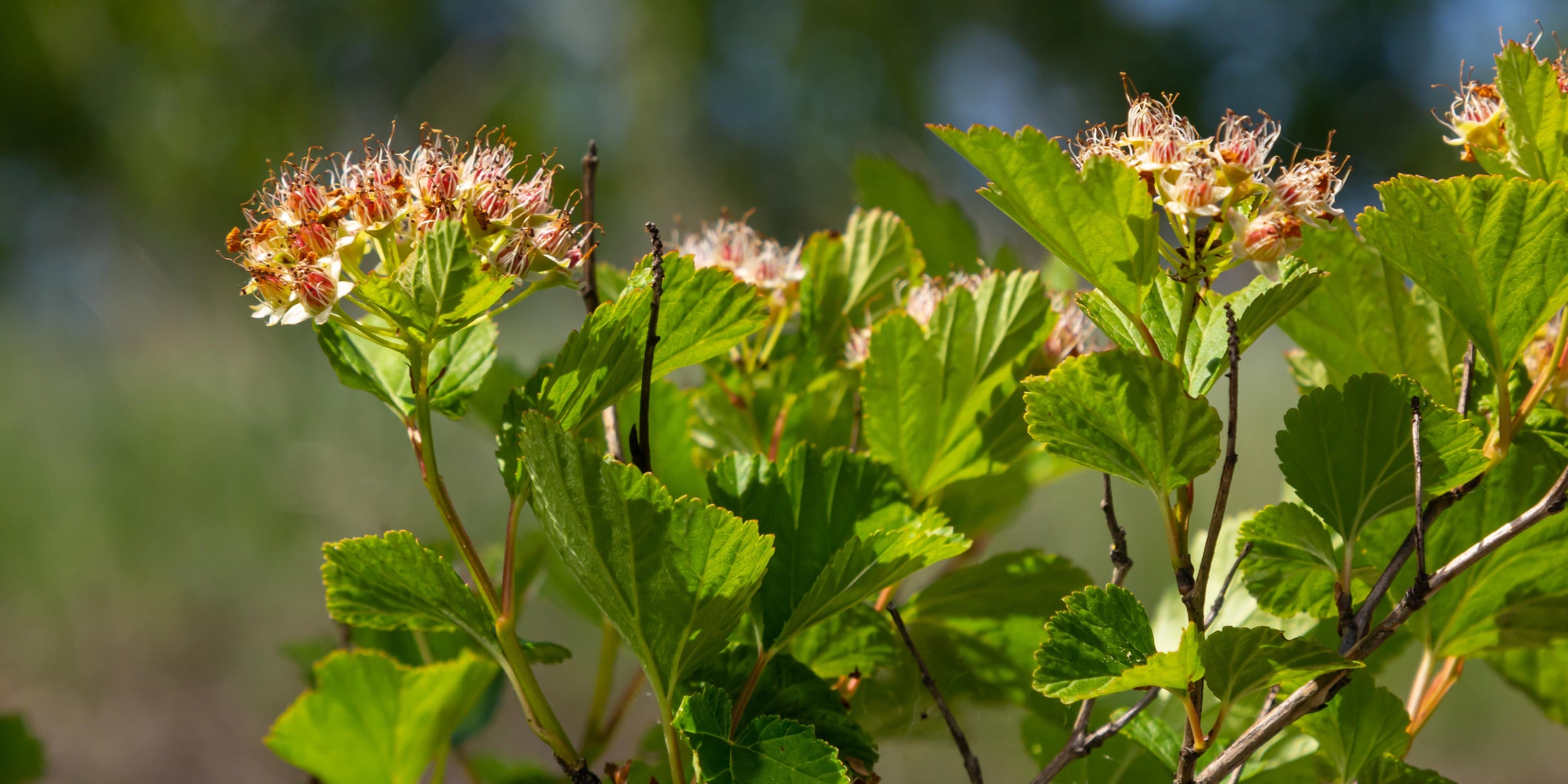
TriStar Plants
Common Ninebark
PURE WORM CASTINGS
Introducing our premium Worm Castings - the perfect solution for healthy plant growth! Non-toxic and eco-friendly, our Worm Castings are rich in minerals and nutrients that enhance soil structure and promote beneficial microbial activity. Choose our top-grade Worm Castings for indoor and outdoor gardening, and provide your plants with the best care possible!


